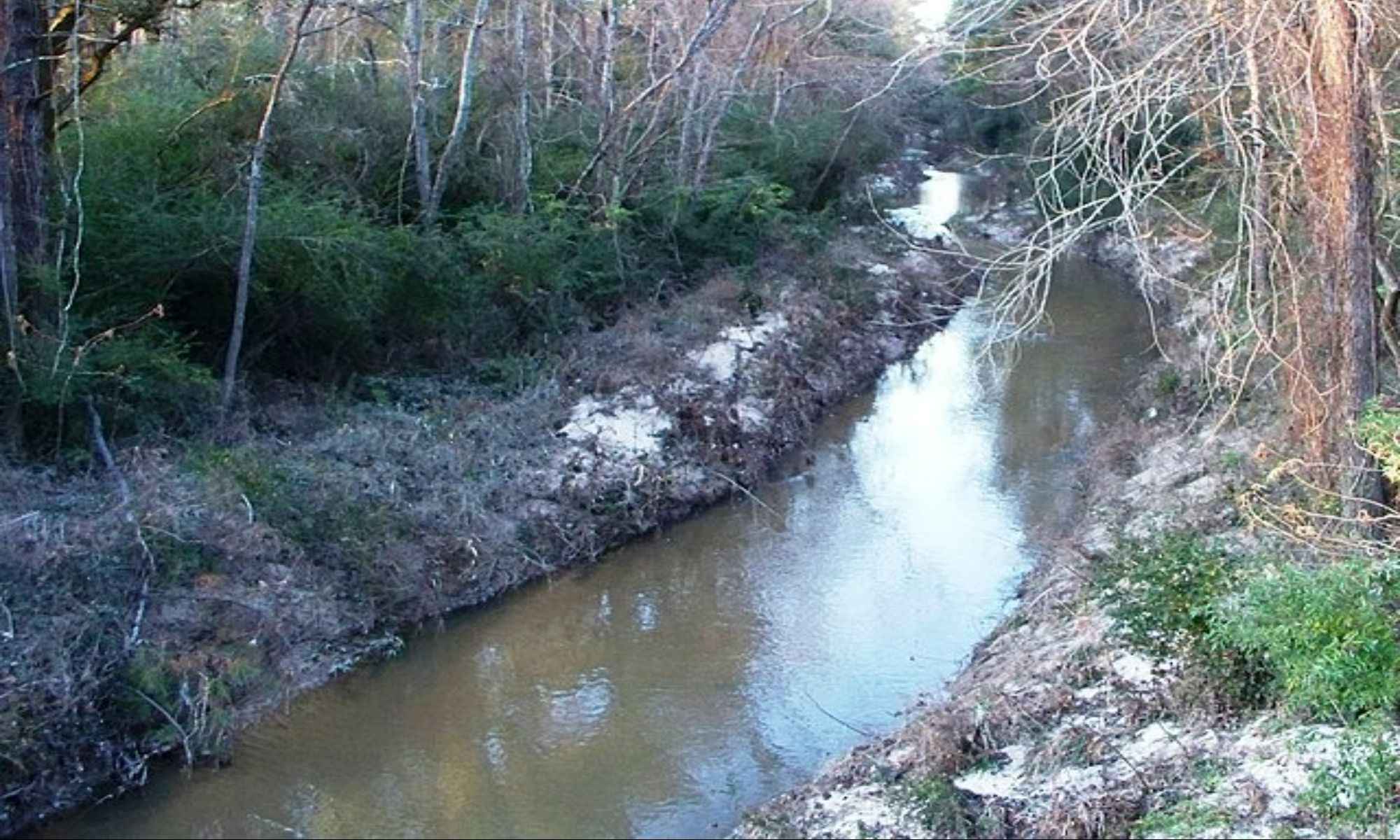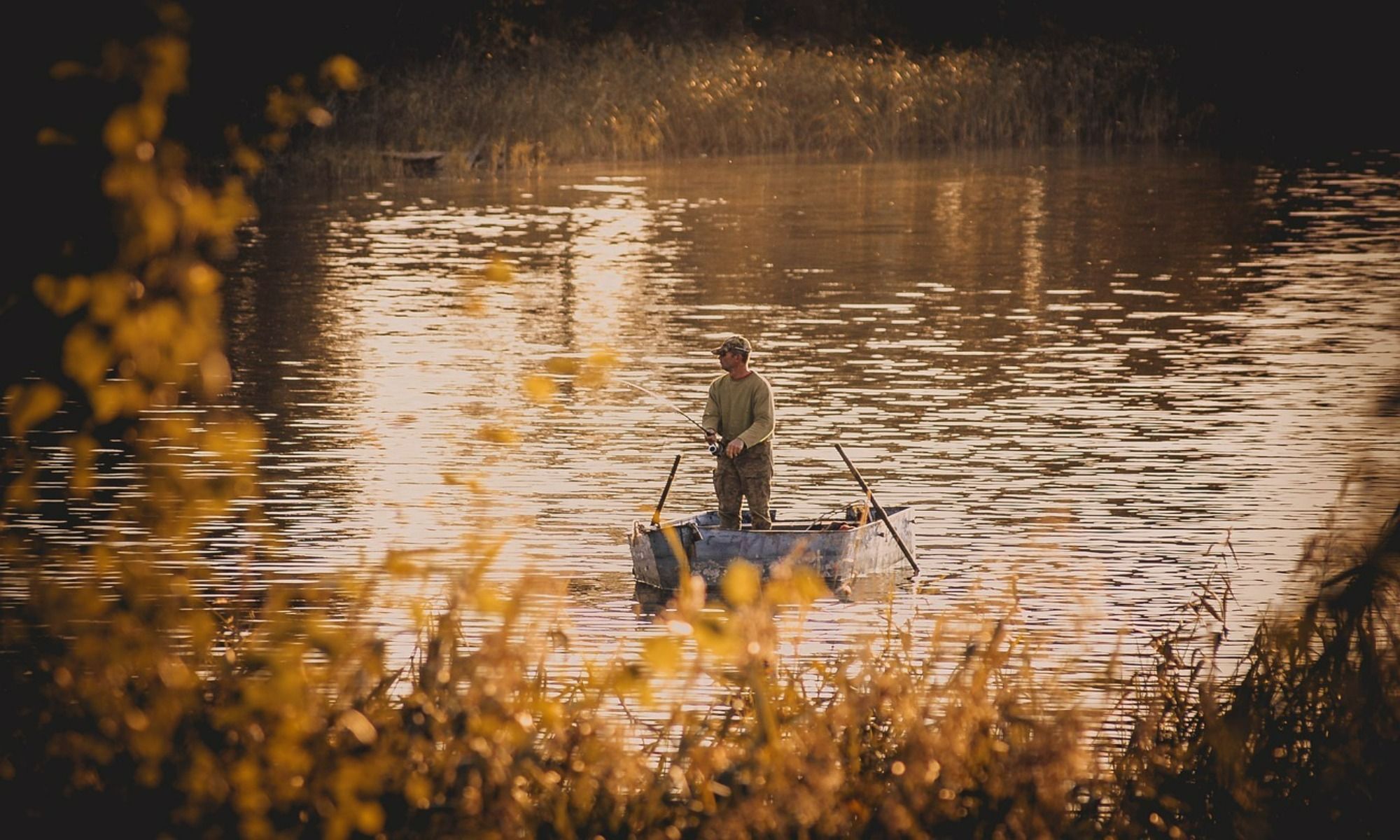Amite City, LA Fishing: Fair Fishing Opportunities in Southeastern Louisiana
Read all about Amite City, LA, and find the best fishing spots in Tangipahoa Parish and Southeastern Louisiana.

Amite City is the parish seat of Tangipahoa Parish in the southeastern region of Louisiana. It’s a quiet residential locale that originated as a settlement on the banks of the Tangipahoa River. The true origin of its name is up for debate. Some say it's from the Choctaw Indian term for “red ant,” while others claim it's from the French word for “friendship.”
Before it was chartered in 1855, Amite City became famous as a railroad stop for people traveling between Lake Pontchartrain and Mississippi. Soon, it became a thriving tourist stop commonly referred to as Amite Station. It grew even further as wealthy New Orleans residents chose it as a retreat area to escape from the wrath of the Yellow Fever.
Amite City also has its share of turbulent history. In the late 19th century and well into the early 20th century, it was the center of the violent feuds within Tangipahoa Parish. This period of unrest earned the parish the nickname “Bloody Tangipahoa.” Amidst this turmoil, Amite City persisted as a cotton trading center, becoming the south’s largest cotton gin producer. However, in the mid-20th century, dairy replaced cotton as the region’s biggest yield. Amite and Tangipahoa Parish remain the heart of the state’s dairy industry. In addition to dairy, it produces the most strawberries in Louisiana and is the home of the famous Amite Oyster Festival.
While it’s no longer a top tourist destination, its central location makes it an ideal home base for freshwater fishing in Tangipahoa Parish and southeastern Louisiana.
Amite City Fishing

Fishing in Amite City and the rest of the Tangipahoa Parish means having access to diverse fishing opportunities all year round.
Anglers can fish the Tangipahoa River, a 122-mile waterway in southwest Mississippi, before opening into Lake Pontchartrain, within the parish. The river is a rapid-moving body of water filled with spotted bass, largemouth bass, bluegill, black crappie, channel catfish, and blue catfish. Much of the river’s land is privately owned, so the best way to fish in it is via the many state-owned highway bridges in the parish. Parking is prohibited on highway shoulders, so you may have to ask someone to drop you and your boat off to avoid getting towed.
You can fish the Tangipahoa River via several highway bridges. Local anglers who swear by fishing in the river will float from one highway bridge to another to widen their cast. These highway bridges include Highway 38 near Tangipahoa, heading south to Highway 440; near Amite, Highway 10 heading south to Highway 16; and Highway 16 going towards Highway 40 near Independence. With deeper holes and slower currents, bigger fish abound east of Ponchatoula on Highway 190.
Another large body of water that flows through Tangipahoa Parish is Lake Maurepas. It is connected to Lake Pontchartrain, Louisiana's largest body of water, and is considered it's freshwater equivalent. It receives water from four rivers: the Amite, the Blind, the Tickfaw, and the Natalbany. It might not be as fruitful as Lake Pontchartrain. Still, it offers fair fishing for bluegill, catfish, crappie, largemouth bass, spotted bass, green sunfish, redear sunfish, and warmouth, especially along the treetops and stump beds on the lakeshore. One of the leading boat launches to access the lake is the Port Manchac boat ramp on Ponchatoula. You may need a bigger boat to fish in the main lake area, but you can also use a kayak or canoe if you’re fishing in the shallows.
Tchefuncte River is another body of water connected to Lake Pontchartrain, flowing through southeastern Louisiana. It is known for being a challenging bass fishing spot. The best way to navigate the river is on a trolling motor. The layout of the river makes it a tricky place to a pattern, so the ideal way to maximize your fishing trip is by hitting a few areas. If you’re frustrated with the bass in the river, you can still lure some catfish with chum. The river is home to the three major catfish species in the south: channel catfish, blue catfish, and flathead catfish. Other species swept into the river from Lake Pontchartrain include speckled trout and redfish.
West of Hammond, you will find the intersecting Tickfaw River, Blood River, and Natalbany River. These water bodies offer many fish and are ideal fly fishing spots. Some of the species anglers can find in this area include bass, crappie, perch, and catfish. Many anglers fishing these rivers advise against fishing during the weekends, as they tend to be filled up with big boats. However, if you can only fish on the weekends, choose the Blood River branch of the intersecting rivers, specifically the north side of the Highway 22 bridge.
Top 10 Fish Species in Amite City, LA
The top 10 fish species to target in Amite City, LA are largemouth bass, spotted bass, bluegill, channel catfish, blue catfish, flathead catfish, redfish, crappie, redear sunfish, and green sunfish.
Seasonal Fishing
Fishing in the Tangipahoa Parish and southeast Louisiana is great all year round, but that depends on your target catch. Summer and spring are always the best seasons for fishing, but they’re also the most crowded seasons in the region. If you’re fishing a waterbody that tends to get muddy like the Tangipahoa River, you should fish there during September, October, and early November when there’s less chance of rain.
Many of the top fishing spots in Tangipahoa Parish and the rest of Louisiana have fish consumption advisories. So before fishing any body of water for tableware, it might be best to consult the state website. Better yet, practice catch-and-release to avoid confusion.
Plan a Family-Friendly Trip to Amite City
Amite City has the vibe of a close-knit village but the amenities of a big city, making it a worthwhile destination for people who want a relaxing and convenient trip.
1. Book a Fishing Guide
Explore the waters of Tangipahoa Parish with a local expert who can guide you towards the most productive fishing spots in the area.
2. Join the Amite Oyster Festival
Amite Oyster Festival is a spring event that draws visitors from all over the US. It’s a month-long celebration of the area’s major industry, with a backdrop of the best music from Louisiana.
3. Pick Your Own Berries
Amite produces the most strawberries in the state. Enjoy its harvest on a pick-your-own-fruit tour at any of its strawberry farms. The most popular ones are Faust Farms and Liuzza Produce Farm.


